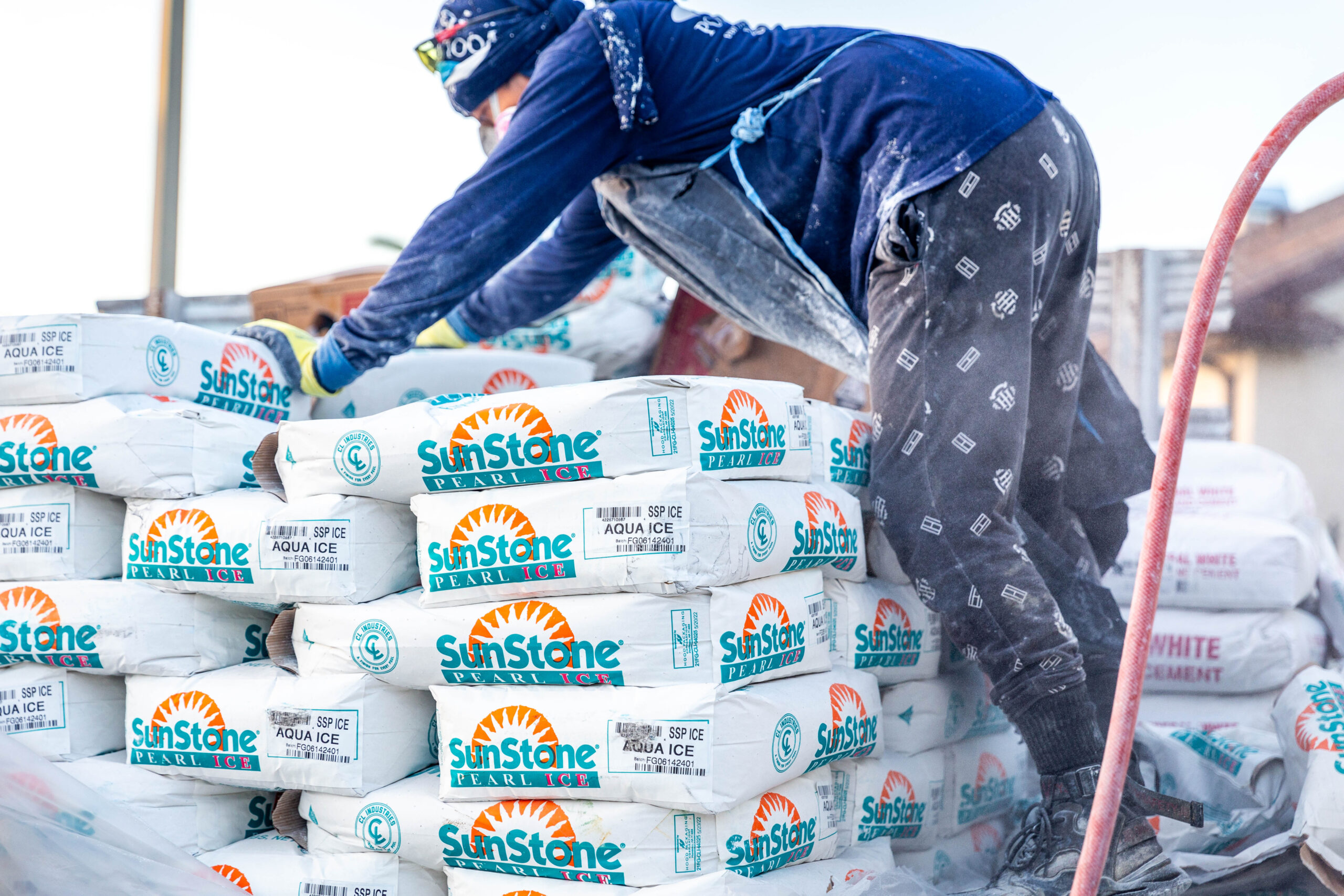Maintaining proper water chemistry is critical to preserving the longevity and aesthetic appeal of your pool plaster finish. Understanding the effects of water chemistry on new pool plaster—including the risks of scaling and etching—can help prevent damage and keep your pool in pristine condition. Here’s a comprehensive guide to managing water chemistry, preventing scaling and etching, and addressing these issues if they occur.
Assessing Fill Water Chemistry for New Pool Plaster
Before filling a newly plastered pool, it’s essential to evaluate the water balance of the fill water. This step is vital because overly soft (aggressive) water can cause several issues:
- Plaster Dust: Soft water can dissolve calcium in the fresh pool plaster, resulting in a fine dust settling on the pool floor.
- Etching: Aggressive water chemistry dissolves the plaster surface, creating a rough texture and weakening the pool plaster.
- Weakened Plaster Surface: Prolonged exposure to aggressive water can significantly compromise the pool plaster’s durability.
Maintaining Proper Pool Water Balance & Chemistry After Filling
After filling your pool, adhering to the National Plasterers Council (NPC) water chemistry parameters https://www.npconline.org/ and monitoring the Saturation Index is critical to minimize harmful effects on the new pool plaster surface.
Langelier Saturation Index (LSI) https://www.poolcalculator.com/
The LSI is a key parameter for assessing whether water is corrosive (aggressive) or scale-forming. Here are the acceptable ranges:
- Target Range: Maintain an LSI between -0.3 and +0.5.
- An LSI below -0.3 indicates corrosive water, which can cause etching.
- An LSI above +0.5 indicates scaling water, which can lead to calcium deposits.
Understanding Etching vs. Scaling in Pool Plaster Finishes
Etching
Etching occurs when water’s pH, alkalinity, or calcium levels are too low, making the water chemistry aggressive. This leads to:
- Rough Surface: A primary characteristic of etched pool plaster.
- Permanent Damage: Etching is irreversible and can only be partially mitigated through surface sanding.
- Color Stability: While etching does not directly alter pool plaster color, the texture change can affect its appearance.
Scaling
Scaling happens when water’s pH, alkalinity, or calcium levels are too high, resulting in calcium deposits on the plaster surface. Effects include:
- Rough, White Deposits: A uniform layer of calcium scale forms on the surface.
- Attracting Dirt and Minerals: Calcium deposits can attract dirt, leading to discoloration and staining.
- Uniform Effects: Scaling typically impacts the entire pool surface uniformly, except in areas with differing pool plaster porosity.
Managing and Preventing Pool Water Balance & Chemistry Issues
- Regular Water Testing: Frequently test water chemistry to ensure pH, alkalinity, and calcium hardness are within recommended ranges. Adjust parameters as needed to maintain a balanced LSI.
- Gradual Chemical Adjustments: Make incremental changes to chemical levels to avoid sudden shifts that could harm the pool plaster.
- Professional Guidance: Consult a pool professional, especially during the critical curing period of new plaster, to ensure proper water chemistry maintenance.
Addressing Stains, Dirt, and Scale Deposits on Pool Plaster
If your pool develops stains, dirt, or scale deposits, consider these restoration methods:
- Sanding: Light sanding can remove surface deposits and smooth minor roughness caused by etching.
- Acid Washing: For severe scaling and stains, acid washing can remove the top layer of deposits. Perform this carefully to avoid plaster damage. Please see our Resource Library Acid Wash Guide for more info! https://clindustries.com/wp-content/uploads/2024/08/English-Acid.pdf
- Chelation: Use chelating agents to bind and remove calcium and other minerals, preventing scale formation.
Conclusion
Proper water balance is essential for protecting new pool plaster from damage. By maintaining water chemistry and keeping the Langelier Saturation Index (LSI) within the recommended range, you can prevent etching and scaling, ensuring a durable and beautiful pool finish. Regular testing, gradual adjustments, and professional guidance are crucial for optimal results.
If issues arise, techniques like sanding, acid washing, and chelation can help address stains and scale deposits, though permanent etching may require more extensive interventions. By following these practices, you can enjoy a pristine and long-lasting pool finish for years to come.





